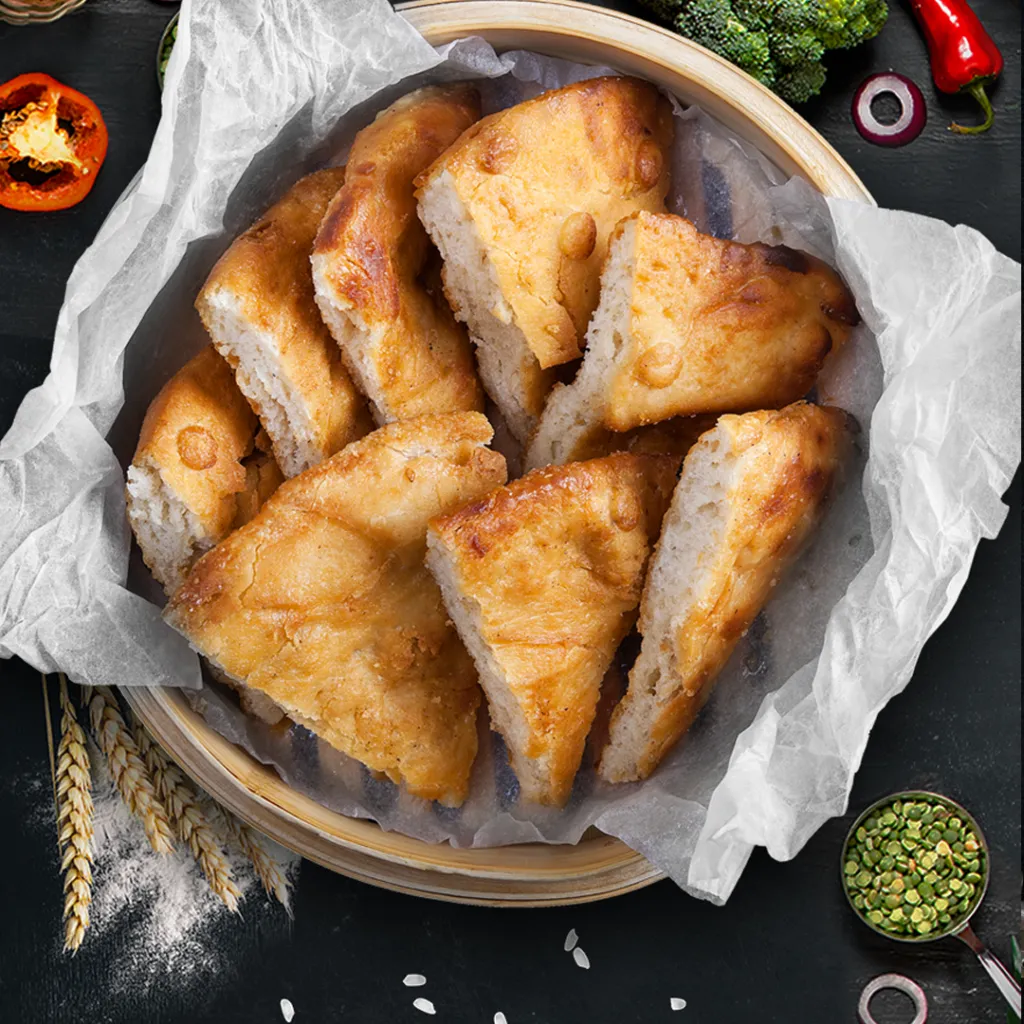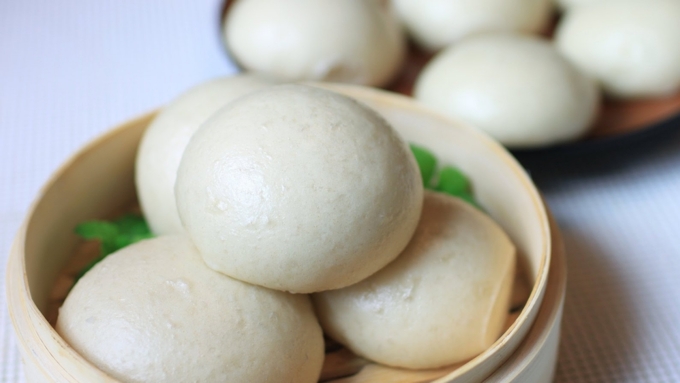China is rich in its traditions. And most of them are closely connected with food.…

Delivery of Chinese food in Kiev
С 11:00 до 21:00 | Seven days a week

Delivery of Chinese food in Kiev
С 11:00 до 21:00 | Seven days a week
Baked goods in China are as unusual as any other dish in Asian cuisine. While standard yeast bread appeared in China no more than 100 years ago and only gained popularity among all segments of the population in the early 2000s, flour products in China have deeper roots. Only about 40 years after Taiwanese companies entered the world market did the Chinese begin to consume bread as we understand it. The Chinese are particularly fond of soft and sweet breads with a creamy and milky taste. That is why you will not find black or gray yeast bread in modern grocery stores. It is rare to find the usual “table” loaf, so beloved by Europeans for making toast and sandwiches. 
Traditional Chinese cuisine does not feature sweet pastries as such. Instead, several centuries ago, recipes for boiled or steamed buns known as baozi or mantou appeared. Naans are a special type of unleavened flatbread baked in a tandoor oven.
Standard sweet buns with jam filling and crispy crust did not exist in Chinese cuisine. This is despite the fact that wheat as a grain crop became popular in China around 4,000 BC.
The first documentary evidence of experiments related to flour processing dates back to the 10th century AD, when steamed buns and fried dough pieces were made. And between the 14th and 17th centuries, peanuts, sweet potatoes, potatoes, and corn began to be imported into China. These additives began to be actively used in the production of various bakery products.
 Instead of the standard stoves so familiar to Slavs, Chinese homes used canes to heat rooms and cook food. They were designed so that only two surfaces could be used, either for frying or for boiling. Such stoves have a lower heat capacity, and the temperature in them drops very quickly. This is probably why, hundreds of years ago, Chinese housewives were unable to bake the bread that we love so much, with its soft crumb and crispy crust.
Instead of the standard stoves so familiar to Slavs, Chinese homes used canes to heat rooms and cook food. They were designed so that only two surfaces could be used, either for frying or for boiling. Such stoves have a lower heat capacity, and the temperature in them drops very quickly. This is probably why, hundreds of years ago, Chinese housewives were unable to bake the bread that we love so much, with its soft crumb and crispy crust.
cIn addition, the process of baking any kind of pastry takes a lot of effort and energy. This approach is simply not accepted by the Chinese, because the time spent could be used to prepare many other dishes. Therefore, other sources of carbohydrates became popular, and they settled on grains, which were simply boiled in the form of porridge.
Only with the advent of globalization and the expansion of product ranges in supermarkets did baked goods become particularly popular. A glass of soy milk and a fresh bun with meat is the ideal Chinese breakfast.
Taking a stroll through the city? Keep an eye out for roadside tandoors, which will bake fresh bread in a matter of minutes, and the attentive owner will fill it with fried onions and meat. And for lovers of classic pastries, it is worth paying attention to European coffee shops offering an assortment of croissants and muffins.
Buns with soft, almost airy crumb are particularly popular in China, while the crust should not be crispy or hard. Ideally, it should be slightly golden, without burnt parts.
The taste of the dough itself will surprise even the most discerning gourmet—tomatoes, sweet potatoes, mint, marshmallow, cheese—this is just a small list of flavors for buns and loaves in Chinese stores.
© 2025 Bruce Lee.
All rights reserved.
We accept:




